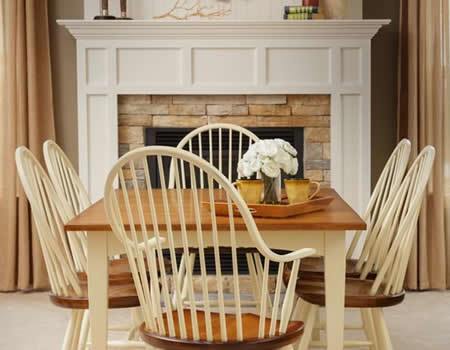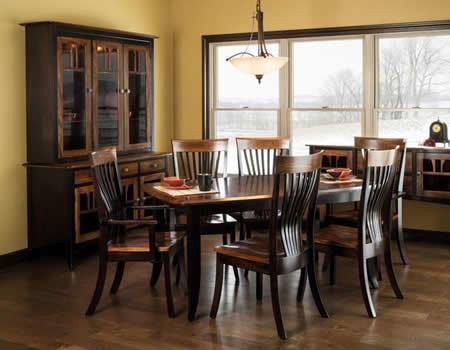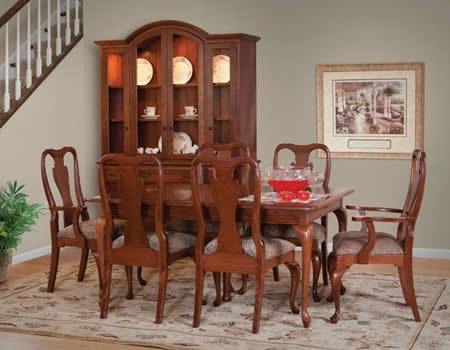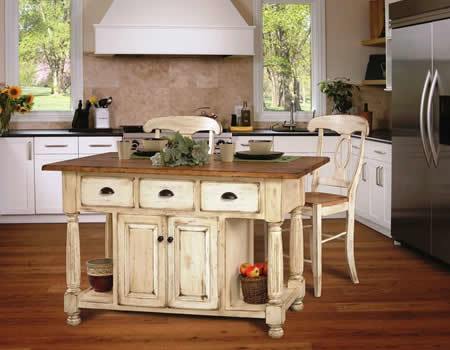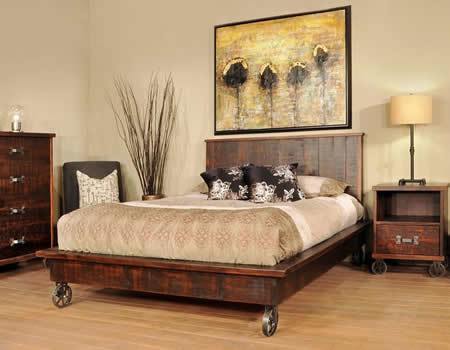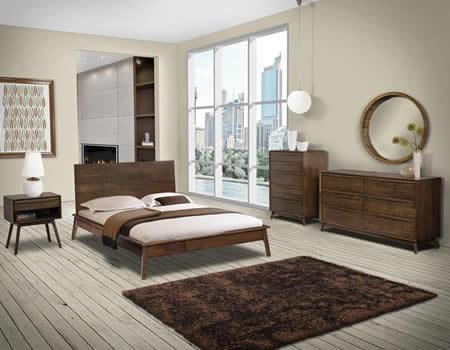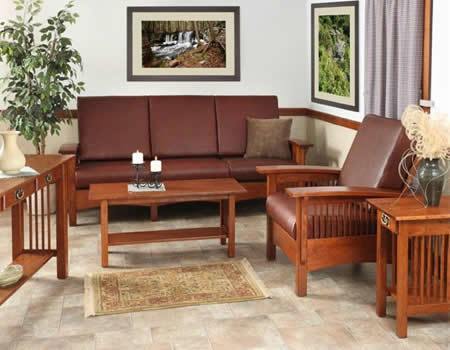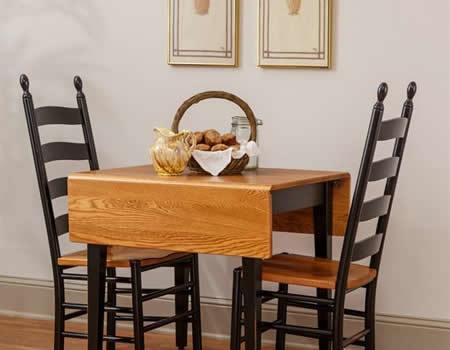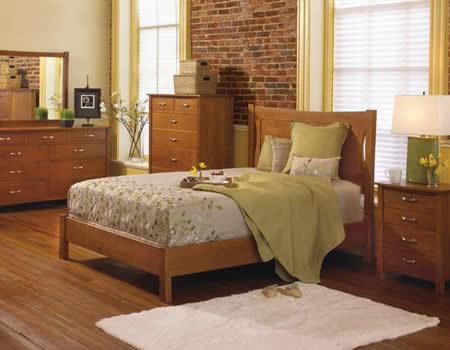Contact our Furniture Specialists
Phone: 941-867-2233
Monday-Saturday: 9 a.m. to 6 p.m. ET
Sunday: 11 a.m. to 7 p.m. ET
Phone: 941-867-2233
Monday-Saturday: 9 a.m. to 6 p.m. ET
Sunday: 11 a.m. to 7 p.m. ET
Rustic style furniture celebrates the beauty of the outdoors. Rustic furniture and design have also been called lake house, lodge, hickory, reclaimed wood, farmhouse and log cabin style. This shows that rustic style can take on and blend well with a variety of design styles. It has also created confusion over exactly what “rustic style” means.

There is debate about the origins of rustic style furniture.
Some historians claim that chairs with frames carved to look like tree branches during the mid-to-late 1800s were some of the first incantations of rustic style furniture.
In her 1979 book “Rustic Furniture” author Sue Howard Stephenson stated that rustic styles were a revival of European styles that were first introduced during the Romantic era, a movement towards the end of the 18th century that glorified the individual along with the past and nature.
Others argue that while Romanticism may have played a role in the development of the style, it most likely dates back to early settlers who combined local craft traditions with whatever materials were readily available to create furniture for their homes.
Readily available materials would have included logs, twigs, saplings and bark that were fashioned to produce functional furniture.
Appearing in America by the 1840’s, rustic style furniture would become especially popular by the end of the 20th century in the country due to the Great Camps of the Adirondack Mountains. These large family cabin-style compounds built on the lakes of the area were characterized by the use of logs, stones, twig work, and expansive porches that allowed their inhabitants to take in the surrounding nature from a “protected” space. One of the most familiar styles of furniture to come out of the region during that time were Adirondack chairs – a popular outdoor style to this day.
Although some rustic furniture manufacturers still incorporate hickory, twigs, and saplings into their designs, modern rustic style designs began to enter the scene in the early 2000s. Modern rustic style, or rustic chic, combines kitsch rustic accents like chalkboards, antlers, and twig details with reclaimed or hand-hewn wood and minimal designs for an organic, yet timeless style that looks undone, yet put-together – much like the natural world that inspired the first depictions of rustic style furniture.
With the word “rustic” being used to describe everything from a vintage Mediterranean villa to the farmhouse décor you see strategically placed around the homes featured on some of your favorite HGTV shows, it’s not surprising that “what does rustic style mean?” is a commonly Googled question.
When it comes to design, the term “rustic” is used to describe styles that “lack polish” in the sense that they feel natural, untouched, aged, and casual.
Due to this broad description, rustic furniture, décor, and interior design can be used to describe and blend well with a variety of design styles, including coastal, cottage, lodge, farmhouse, contemporary, and modern.
A home that has nailed rustic style, no matter the predominant design style, will feel thrown together, yet cohesive and stylish while also feeling natural, homey, warm, and welcoming.
Rustic furniture brings the outdoors inside, with textured rough surfaces and distressed wood adding to its organic charm. Full of function within its modest design, rustic furniture represents a simpler time and a comforting connection to the past that adds warmth and invites people in.
Since rustic furniture and décor can fall under a broad range of design styles, we categorize a few different furniture types under rustic furniture. These include:
Hickory Furniture
Hickory wood is exceptionally hard and strong. It takes an expert craftsperson to make furniture in this straight-grained wood type. Hickory furniture will often feature both the reddish-brown heartwood and creamy white sapwood of the tree for a beautiful “calico” look. Hickory twigs with natural imperfections may also be used to create hickory furniture. Though hickory furniture can be incorporated with many design styles, it is especially popular in cabin and lodge style environments.
Log Furniture
Durable and long-lasting, log furniture uses whole logs to create pieces with a “pioneer” look. Often found in mountain lodges, country homes, and cabins, log furniture makers typically use mortise and tenon construction to construct pieces and add to their durability. The logs used can be sanded for a sleek look or left “unfinished” for a more rustic and natural look.
Live Edge Furniture
Live edge furniture showcases the beauty of the natural tree by including edges that follow the tree’s natural edge and display the knots, holes, and rings of the wood of the tree just under the bark. Live edge furniture grew out of the Arts and Crafts Movement of the early 1900s that emphasized and valued natural beauty and simple forms.
Rough Sawn Furniture
Rough sawn furniture can be made using natural rough sawn lumber or simulated rough sawn lumber. Natural rough sawn wood is reclaimed wood that features saw marks. Simulated rough sawn wood features saw marks that are added after the tree is harvested and allows for more control of the final look of the design. Along with its trademark saw markings, rough sawn designs typically include minimalist shapes, straight edges, and bold features like thick legs.

Though “rustic style” is a broad term, there are certain features that can be used to identify rustic furniture and rustic design.
Common Features of Rustic Style Furniture
Common Features of Rustic Style Design
From log furniture for your cabin to reclaimed wood furniture for your farmhouse style home, we have the right rustic style bedroom, living room, dining room, office, and entryway furniture to suit your home and style.
Call today to speak with an Amish Furniture Specialist about our rustic furniture options or start browsing below.


